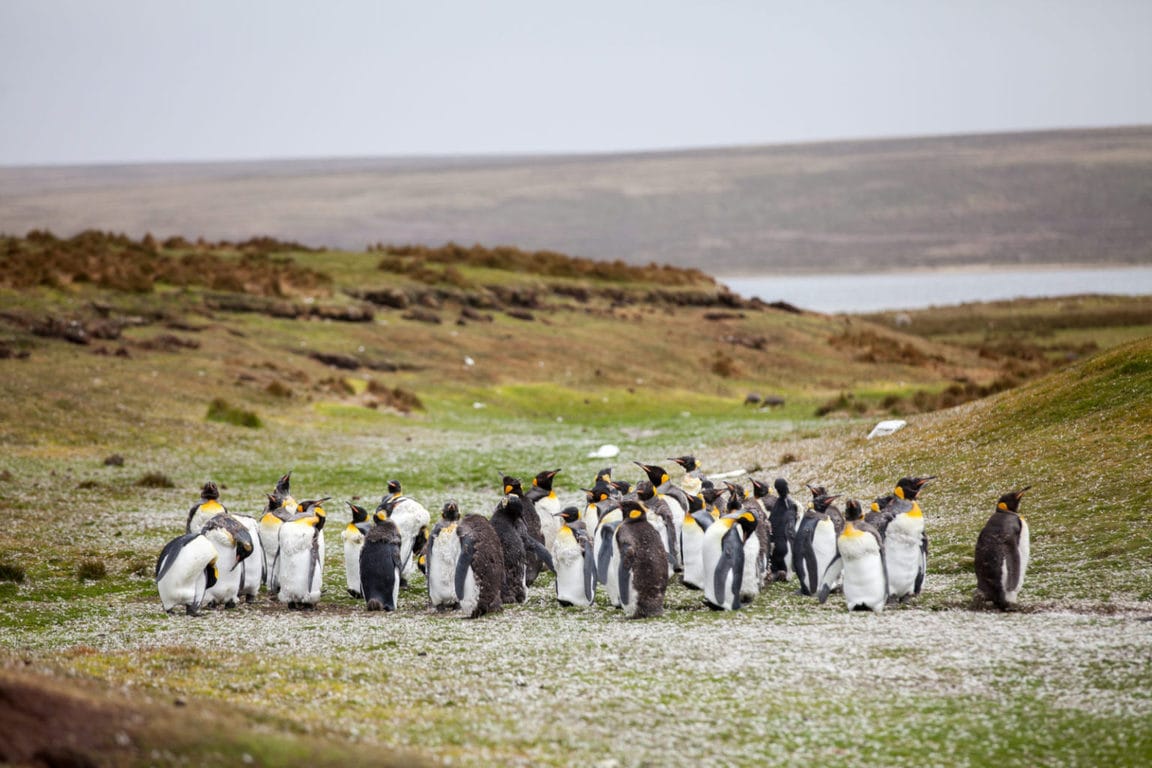|
Winding mountain roads, flower-laden valleys and refreshing sea breezes might be calling your name as spring comes to life. But if you are staying home to curb the spread of COVID-19 and can’t get outside anytime soon, nature can still provide you with some much-needed respite from the doldrums of social distancing as well as the stresses of working at home and having children from school. See some amazing live feeds that will connect you with nature. See the world close-up in the comfort of your home. Take comfort in the magic of character in your TV or laptop with scintillating footage from such livestreams and webcam feeds, many of these powered by Explore.org. Go ahead and bookmark them to have a live feed operating for soothing background sounds as you work. Airports and train stations are vacant, restaurants and pubs are closed, and major events are postponed, but Mother Nature marches on. New leaves emerge, tulips and daffodils brighten yards, and birdsong fills the air. Throughout our national parks and forests, animals begin their spring migrations, gushing waterfalls put to a show, bears come out of hibernation, and it’s business as usual from the organic world. REDUCE STRESSSocial distancing introduces a challenge to psychological health, as it disturbs people who might become lonely when separated from loved ones and friends. While addressing mental health within this time is an issue in itself, melancholy, anxiety, and stress can lead to facial breakouts and premature ageing. Taking care of your mental health first is a fantastic way to start your skincare clinics. Rather than relying on medication, your aim should be to maximise your relaxation before going to sleep. Make sure that your bedroom is a tranquil oasis with no reminders of the things that cause you stress. Avoid caffeine during the evening, as well as excessive alcohol if you know that this leads to disturbed sleep. Stop doing any mentally demanding work several hours before going to bed so that you give your brain time to calm down. Try taking a warm bath or reading a calming, undemanding book for a few minutes to relax your body, tire your eyes and help you forget about the things that worry you. 1. BALD EAGLES AT DECORAH, USAThis bald eagle nest is located near a trout hatchery in Decorah, Iowa. After two of this pair’s nests were destroyed, the Raptor Resource Project team began constructing this nest with the hopes that the eagles would take it over and build upon it–and they have! Watch as they come back each year to raise another brood. The Bald Eagle has been the national emblem of the United States since 1782 and a spiritual symbol for native people for far longer than that. These regal birds aren’t really bald, but their white-feathered heads gleam in contrast to their chocolate-brown body and wings. Look for them soaring in solitude, chasing other birds for their food, or gathering by the hundreds in winter. Once endangered by hunting and pesticides, Bald Eagles have flourished under protection. 2. PANDAS AT WOLONG VALLEY, CHINAThe Wolong Grove live cam at the Shenshuping Gengda Panda Center in China’s Wolong Valley Nature Reserve provides views into 11 different panda yards. Watch as these giant pandas go about their day in this lush bamboo oasis. China Conservation & Research Centre for the Giant Panda conducts research on panda ecology and population dynamics. The organisation is responsible for artificial breeding, genetics, disease prevention, conservation training and release of giant pandas from captivity. The Research Centre also assists in the development of cooperation between other panda organisations in China and abroad. The giant panda, also known as the panda bear or simply the panda, is a bear native to south central China. It is characterised by large, black patches around its eyes, over the ears, and across its round body. The name “giant panda” is sometimes used to distinguish it from the red panda, a neighbouring musteloid. 3. ANIMAL WATERING HOLE, MPALA RESEARCH CENTRE, KENYAWelcome to the watering hole at Mpala Research Centre in the highlands of central Kenya! Watch elephants, hippos, giraffes, Grevy’s zebras, gazelles, crocodiles, leopards and many other species take a drink (or a quick dip). The Mpala Research Centre (MRC) receives hundreds of students, educators, and scientists from around the globe each year, conducting research on everything from parasites to elephants. The unique set up of Mpala allows for researchers to use the land as a ‘living laboratory’ in which to conduct experiments and answer pressing questions on conservation and wildlife.Mpala is also strongly committed to using this research to benefit the surrounding communities, the nation of Kenya, and global conservation efforts as a whole. Mpala hosts multiple educational outreach programs in order to tackle issues of human-wildlife conflict and thus ensure that both conservation and human-livelihood goals are met.
1 Comment
5/5/2020 22:57:53
I am one of those people who are stuck at home or chose to stay at home. I have asthma, and I want to make sure that I will not be infected by the Corona Virus for the very obvious reason that I am on a high risk category. It has bee more than a month and I manage to maintain my sanity despite all the negative News and the boredom of been staying at home. I have tried a lot of things, from cooking a new recipe to planting vegetable seeds. I don't know what the future holds, but I will never lose faith in humanity.
Reply
Your comment will be posted after it is approved.
Leave a Reply. |
AuthorI am MrWildy and I am trying to journal more about my life and also my travels. Find out more about me here. Categories
All
Archives
July 2022
|


 RSS Feed
RSS Feed